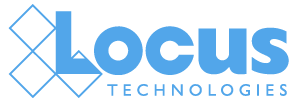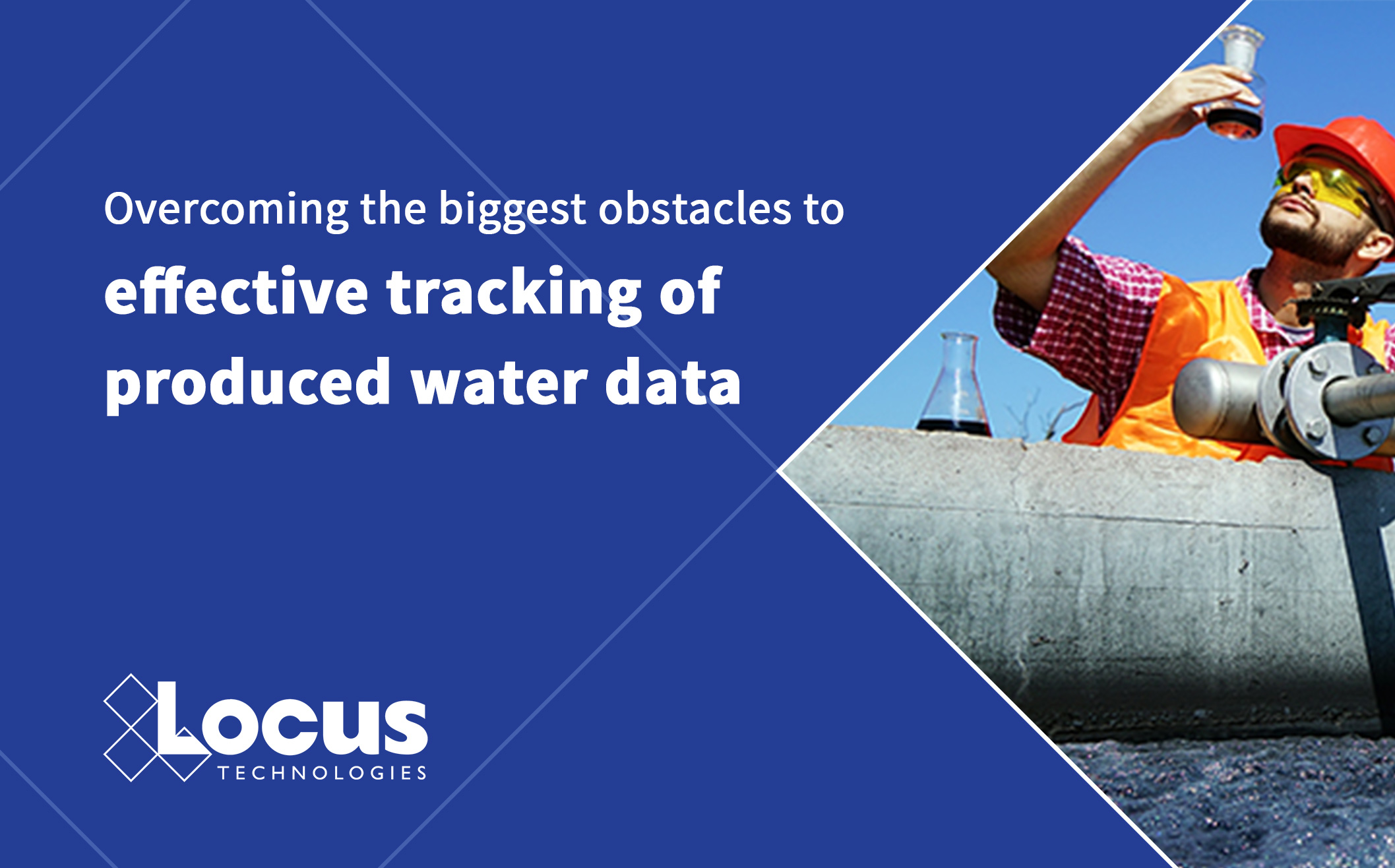Changes to the LCFS Regulation Brings a New Urgency for Biogas Developers Seeking Worthwhile Return on Investment

Capture the greenhouse-gas-emitting manure first and then use it to produce alternative transportation fuel. This is the recipe for having the fuel with the lowest carbon intensity on the market. In fact, this is how carbon intensity goes negative, to the benefit of the climate, the dairymen, and the alternative fuel producers. However, the California Air Resources Board has set a clock for the credit generation period for this alternative fuel type.
If the capital is not raised by this coming year, Midwestern dairies and hog farms may be too late to the LCFS game. Per the California Air Resources Board’s regulations approved on November 8, 2024, (expected to be effective first quarter 2025), projects for bio-based compressed natural gas (bio-CNG) (think: RNG) that break ground after December 31, 2029, are ineligible for LCFS credit generation after December 31, 2040. So, for those who wait too long to develop their farm/s with biogas capture and upgrading, the credit generation period will be less than 10 years.
Midwestern dairies and hog farms that are just now hearing from university agricultural extension services as to the benefits of turning their dairy and swine manure into biogas for delivery to California will need to act quickly to maximize the opportunity. It may take some time to obtain the investment, design, and business partnerships (for California delivery) required to break ground. And once the anaerobic digester starts filling, the extent of data collection, data processing, detailed accounting, and regulatory process is considerable to obtain certification of a pathway. For reference, projects certified before the first quarter of 2025 are eligible for 30 years of credit generation. Projects certified between the first quarter 2025 and January 1, 2030, are eligible for only 20 years of credit generation. But for the projects that don’t break ground by December 31, 2029, that credit generation period drops to less than 10 years. You can see for yourself here, in the now CARB-approved regulatory changes to the former regulation:
Amendments: https://ww2.arb.ca.gov/sites/default/files/barcu/regact/2024/lcfs2024/lcfs_fro_atta-1.1.docx
New Sections for Adoption:
https://ww2.arb.ca.gov/sites/default/files/barcu/regact/2024/lcfs2024/lcfs_fro_atta-2.pdf
Is this credit generation termination date reflective of the discourse regarding market effects of impressively negative carbon intensities? Or should we be unimpressed by a defined termination date for credit generation, writing it off as boiler plate for any market-changing program expected to have far-reaching and potentially unexpected effects. Perhaps it is reasonable to expect that the next regulatory revision will extend the termination date. But perhaps it won’t.
These are the sorts of issues we grapple with every day at Locus Environmental, helping our clients adapt to shifting regulations.
Locus is the only self-funded water, air, soil, biological, energy, and waste EHS software company that is still owned and managed by its founder. The brightest minds in environmental science, embodied carbon, CO2 emissions, refrigerants, and PFAS hang their hats at Locus, and they’ve helped us to become a market leader in EHS software. Every client-facing employee at Locus has an advanced degree in science or professional EHS experience, and they incubate new ideas every day – such as how machine learning, AI, blockchain, and the Internet of Things will up the ante for EHS software, ESG, and sustainability.



